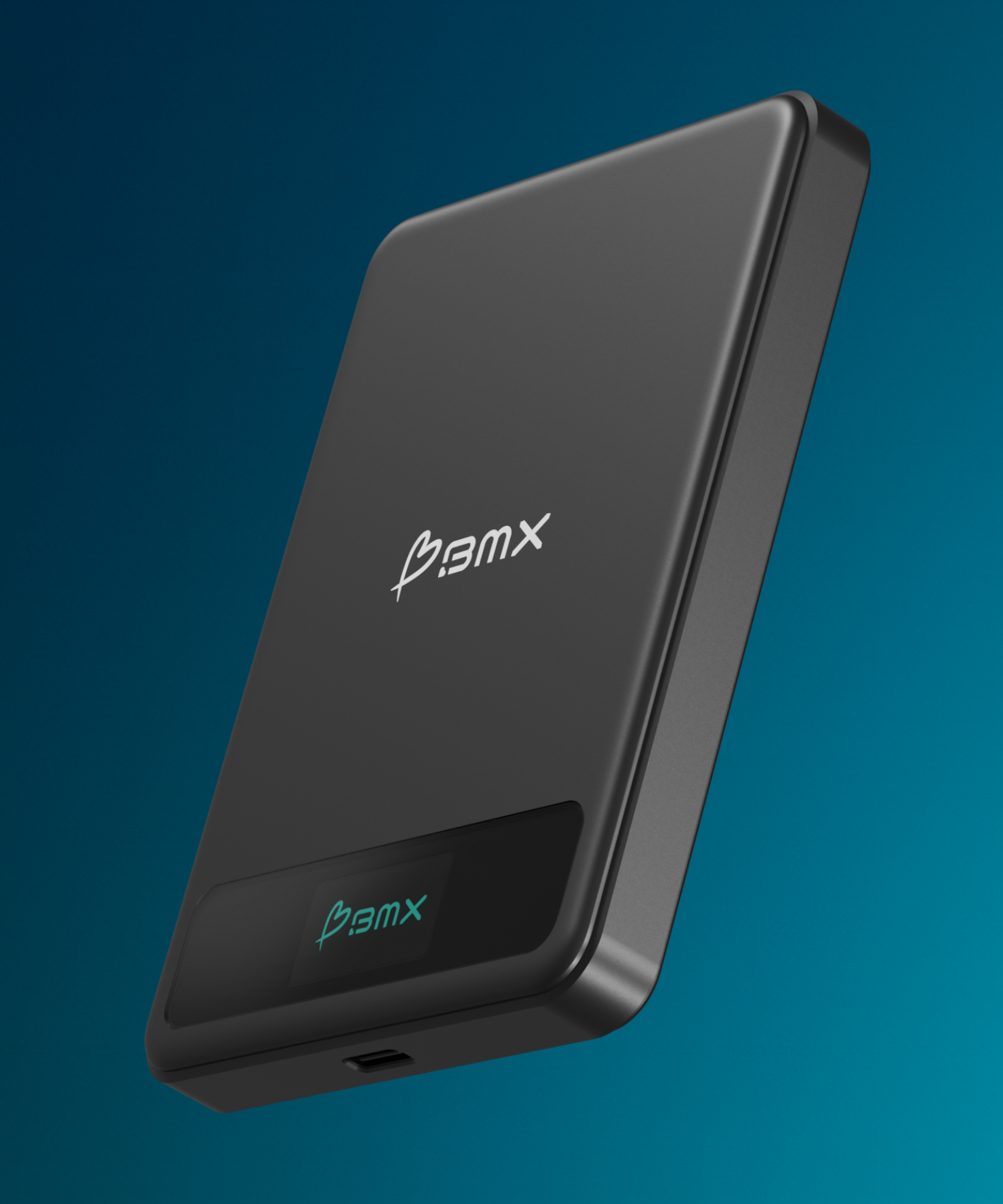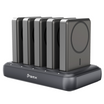We Trust Batteries With Everything… But Rarely Think About Them
Your phone, laptop, car, and earbuds all run on lithium batteries.
They’re powerful, efficient, and safe…….almost all the time.
But when one fails, it fails spectacularly: smoke, heat, and fire.
It looks sudden, but it isn’t.
Inside Every Power Bank: How It’s Made
Think of a battery as a layered sandwich inside a metal shell:
• Top layer: positive side
• Bottom layer: negative side
• Middle film: a paper-thin divider that keeps the two apart
• Filling: a flammable liquid (electrolyte) that helps electricity move
When you charge your phone, tiny particles called ions move through that liquid from one side to the other. When you unplug, they move back. It’s fast, efficient, and delicate, everything inside is tightly packed and under pressure.

Why Power Banks & Batteries Catch Fire
Batteries don’t just “explode.” Something goes wrong inside first.
• Heat: leaving it in a hot car bakes the battery from the inside out
• Drops and dents: impact bends or tears the internal divider.
• Cheap chargers: over-voltage slowly creates tiny metal spikes that can pierce the divider.
• Age: chemical wear creates trapped gas, that’s why swollen batteries puff up.
When the divider fails, the two sides touch.
Electricity rushes through the wrong path, heats the liquid, pressure builds, and when that gas escapes, it ignites.
The Warning Signs Before It Happens
• Feels hot even when idle
• Starts to bulge or swell
• Gives off a chemical or plastic smell
• May hiss before venting
Those are signs that gas is building and pressure is about to release.
The Root Cause: The Flammable Liquid Inside
The electrolyte inside a lithium battery is essentially chemical gasoline.
It moves ions efficiently but ignites under heat or stress.
Once it lights, it feeds itself. One cell heating the next in a chain reaction.
You can wrap it in fuses and sensors, but as long as that liquid exists, the risk remains
Why It Happens Even to Good Brands
Every pack involves multiple factories: one makes the separator, another the liquid, another assembles the cell.
Each step adds microscopic risk. A wrinkle, dust particle, or rough shipment.
Certifications like UL 62133 and UN 38.3 prove design safety, but they test samples, not millions of units.
Even the best manufacturers can’t remove randomness completely.
That’s not carelessness, that’s probability.
(And if you’re wondering why phones don’t explode as often anymore, it’s because they’re constantly monitoring themselves. Sensors track heat, voltage, and charge, slowing things down before failure. After the big phone recall years ago, testing standards got tougher too. Power banks don’t have that same built-in intelligence, even expensive ones rely on simple hardware cutoffs that react after things get too hot.)
The Solution: Semi-Solid Batteries
In semi-solid batteries, the electrolyte isn’t really a liquid anymore. It’s a thick, stable material that holds a small trace of liquid inside.
That tiny amount, about 2.5 percent, keeps power moving smoothly but stays locked in place so it can’t leak, vaporize, or catch fire.
Even if the battery is crushed, punctured, or overheated:
-
No free liquid to ignite
-
No vapor to build pressure
-
No chain reaction to spread heat
The Solution Is Here: SolidSafe™
We’ve spent years depending on volatile lithium-ion and lithium-polymer batteries filled with flammable liquid.
SolidSafe™ changes that. It uses the same semi-solid structure described above a dense, stable material that resists heat, impact, and ignition.
With almost no free liquid left inside, SolidSafe™ doesn’t vaporize or feed a fire when damaged. It stays steady under pressure and cool when pushed hard, exactly what modern devices should have had all along.

The Proof: The Drill Test
A standard lithium battery and a SolidSafe™ semi-solid battery face the same brutal test: a metal drill driven straight through the cell.

Standard lithium battery:
The drill connects both sides, electricity surges, and the flammable liquid inside ignites instantly. Flames, smoke, and pressure burst the casing open.
SolidSafe™ solid-state battery:
Inside, there’s no loose liquid to burn.
The pack heats for a moment, maybe smolders, then stops.
No fire. No smoke. No panic.
That’s the difference: one filled with fuel, the other built to stay stable even under direct damage.
No fire. No smoke. No panic. That’s the difference: one filled with fuel, the other engineered without it.
How Does SolidSafe™ Keep Charging After Damage?
The gel still carries ions, that’s the electrolyte’s job.
So even after impact, the battery can keep charging normally.
Energy still moves; it just doesn’t travel through flammable liquid.
Think of it as power that behaves like power, not fuel.
Why It Matters
That test isn’t about drilling holes. It’s about what happens in the real world. Drops, pressure, or heat that can trigger a fire in a normal battery.
Solid-state technology gives engineers a new baseline for safety built into the chemistry, not added as an afterthought.
And while this new design makes batteries dramatically safer, certifications still play an essential role. They prove a product can withstand abuse, travel safely, and meet the same standards trusted worldwide.
-
UL / IEC: Withstand overcharge, short-circuit, and heat tests
-
UN 38.3: Safe to ship under vibration and pressure
-
CE / FCC / KC / UKCA / RCM / CCC: Regional electrical standards
-
IATA: Approved for airline carry-on
These certifications confirm that a product meets rigorous safety standards. Solid-state technology builds on that foundation to further reduce the chances of failure.
Why It Still Comes Down to Care
Even the best chemistry can’t fix careless use. All batteries, no matter how advanced, live longer and stay safer when treated right.
Keep them cool, avoid damage, and replace old ones before they swell or fail.
Better materials reduce risk. Better habits remove the rest.
The Bottom Line
Battery fires start when heat, damage, and fuel line up.
Solid-state battery technology removes almost all of that fuel, breaking the cycle before it starts. It’s the next logical step toward safer, more dependable power — not a marketing claim, just better engineerin










Leave a comment
This site is protected by hCaptcha and the hCaptcha Privacy Policy and Terms of Service apply.